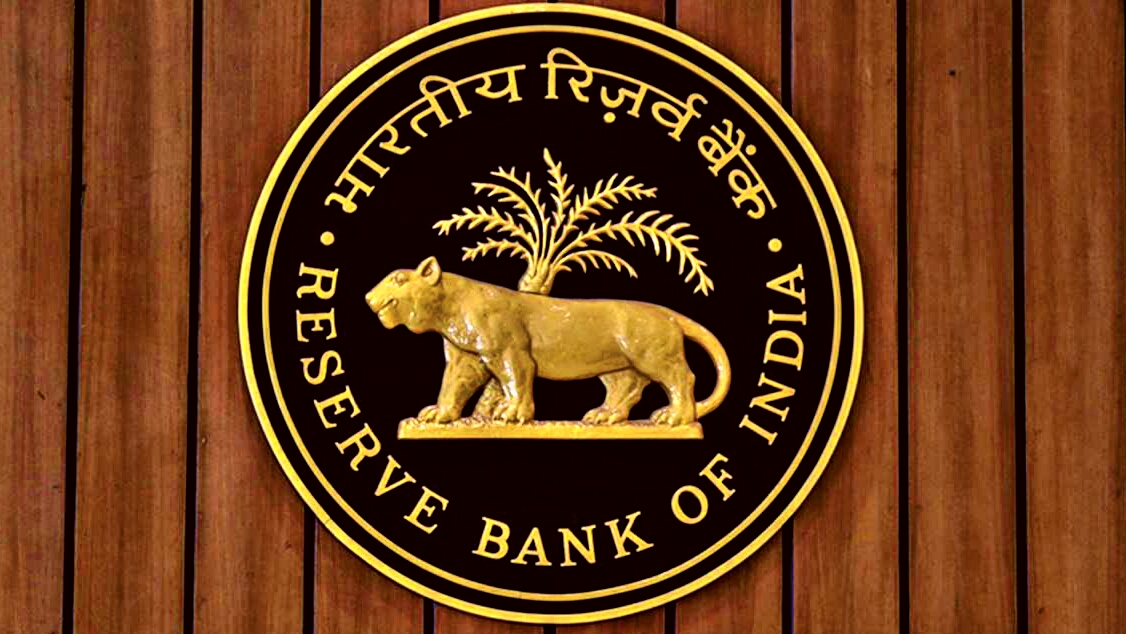

Banks in Mumbai are expressing concerns about the increasing costs of obtaining funds, prompting them to consider informing the Reserve Bank of India (RBI). This situation arises against the backdrop of a prolonged period of reduced liquidity, posing challenges to financial institutions. Let’s delve into the reasons behind this development, the potential impacts on banks, and the significance of their communication with the RBI.
Several factors contribute to the surge in funding costs faced by banks. One key factor is the sustained liquidity drainage, which results from various economic dynamics. Additionally, changes in market conditions, global economic trends, and regulatory measures can also influence the cost of obtaining funds for banks. Understanding these factors is crucial to comprehending the challenges faced by banks in the current financial landscape.
The implications of rising funding costs are significant for banks and the broader financial ecosystem. Higher costs can affect a bank’s profitability, potentially leading to adjustments in interest rates for loans and other financial products. This, in turn, may impact businesses and consumers, influencing borrowing and spending patterns.
Faced with these challenges, banks are contemplating making representations to the RBI. Such communication is a standard practice in the financial industry, where banks convey their concerns and seek guidance or intervention from the central bank. This process plays a vital role in maintaining stability and addressing issues that could have systemic repercussions.
The Reserve Bank of India plays a crucial role in overseeing the country’s monetary policy and financial stability. In response to alerts from banks, the RBI may assess the situation, implement policy measures, or provide guidance to address the underlying issues. Understanding the potential actions that the RBI might take is essential for comprehending the broader implications for the banking sector and the economy.
The RBI has various tools at its disposal to address challenges in the financial system. These may include adjusting interest rates, injecting liquidity into the system, or implementing regulatory changes. Analyzing the potential policy measures that the RBI might undertake provides insights into how the central bank aims to navigate the current economic landscape.
It is essential to place these developments in the global context to understand whether similar trends are observed in other economies. Examining how central banks worldwide are responding to similar challenges provides a comparative perspective and sheds light on whether the situation is unique to the Indian banking sector or part of a broader global trend.
In conclusion, the rising funding costs faced by banks amid sustained liquidity drainage highlight the complexities of the current financial landscape. The potential communication between banks and the RBI underscores the collaborative efforts required to address these challenges. As the situation unfolds, monitoring the central bank’s response and potential policy measures will be crucial in gauging the impact on the banking sector and the overall economy.